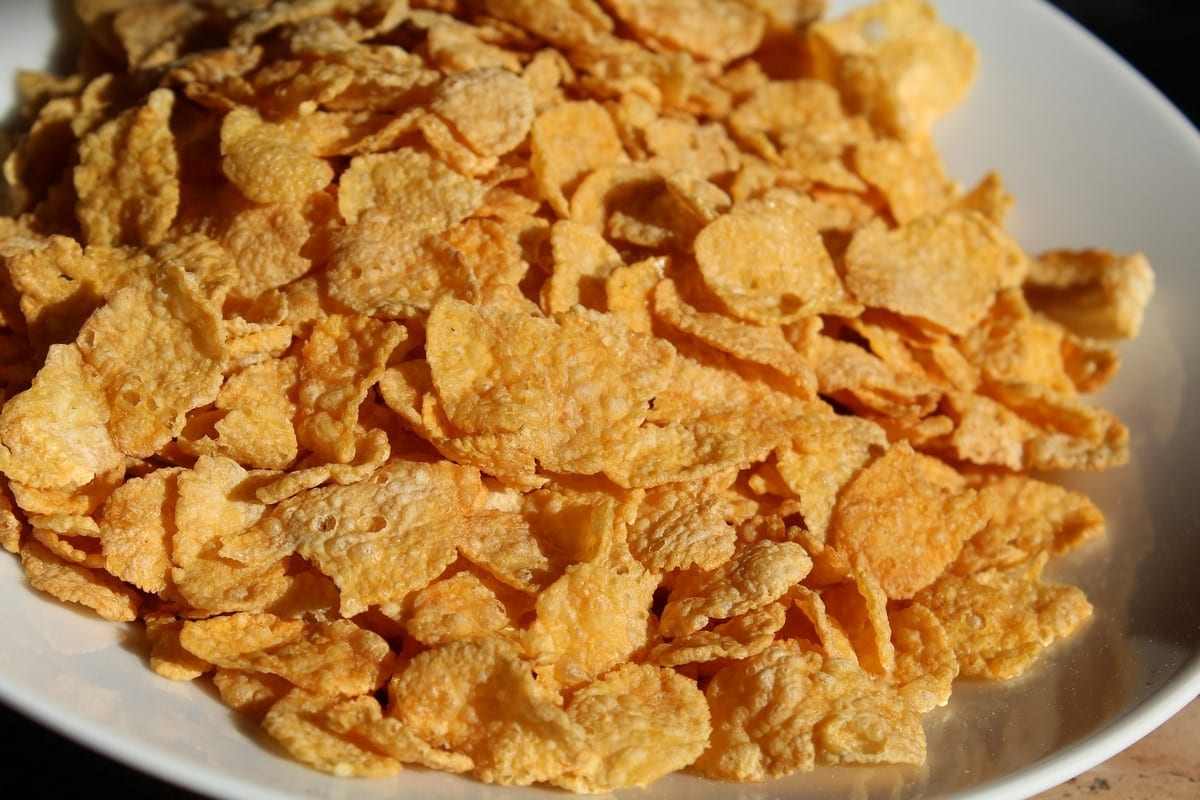Diets To Avoid At All Costs
Throughout history, people have tried almost every diet imaginable to lose weight and get healthier. However, fad diets are notoriously difficult to stick to and in certain situations, they may be harmful and even fatal. The most peculiar, weird, and lethal meals from the 1500s to the present have been listed by nutritionist Angela Dowden.
1558: The Starvation Diet
We've all heard of calorie tracking, yet this rigorous diet existed long before calories were a thing. Luigi Cornaro, an Italian aristocrat, wrote La Vita Sobra (The Sober Life), which promoted rigorous deprivation as a technique to lose weight and improve health. The author dropped weight and lived to the age of 102 by consuming just 12oz (342g) of food and 14oz (400ml) of wine each day. Evidence shows that mice survive longer when on famine rations, although this has not been proven in people.
1727: 'Moving Away From The Swamp'
In 1727, writer Thomas Short noted that overweight individuals frequently resided near marshes. He wrote a book called The Causes and Effects of Corpulence, which argued that the only reasonable way to reduce weight was to move away from wetlands. Obviously, there is no correlation between swamps and weight, but there is some evidence that people who live in rural regions are more likely to be obese.
1700s: Hot Sand To 'Sweat Out Fat'

In the 18th century, it was believed that coating your body in hot sand would cause you to sweat more and therefore shed weight. As we now know, sweating merely removes water and salts. Furthermore, any water weight loss is merely temporary; as you rehydrate, you immediately regain it. So this craze simply left folks hot and irritated, with sand in difficult-to-reach areas.
Early 1800s: The Lord Byron Vinegar Diet
Lord Byron, a British poet and politician, appears to have dropped significant weight between 1806 and 1811, living on a diet of biscuits, soda water, and copious amounts of vinegar. Apple cider vinegar is frequently promoted as a weight loss tool, however there is no proof it helps. In fact, drinking big amounts of vinegar can be deadly; Byron sipped so much that he had gastrointestinal troubles.
1830s: The 'Chastity' Diet
Wholewheat Graham flour is named after Reverend Sylvester Graham, a proponent of temperance and vegetarianism. He also felt that white sugar, refined wheat, and spices encouraged immoral sexual desires and should be avoided. It's possible that he would be disappointed that his legacy lives on in the s'more, a popular US campfire favorite consisting of two Graham crackers sandwiched together with a coating of melted marshmallow and chocolate.
Read Also: Easy Recipe for Pomegranate and Citrus Salad
1800s: Diet Pills With Arsenic
Most dietitians believe that using diet pills is not a good method to control your weight. Popping pills to boost metabolism became a diet craze in the nineteenth century, but many of these seemingly miraculous tablets included trace levels of strychnine and arsenic, which customers may have been unaware of. Chronic arsenic exposure causes cancer and liver problems.
1894: The Corn Flakes Diet

Although the cereal diet has a far longer history, replacing two meals a day with a bowl of Special K cereal was a popular diet trend in the early 2000s. Corn flakes were created by Dr. John Harvey Kellogg, the administrator of Battle Creek Sanitarium in Michigan, as a diet for the patients. Kellogg, like Sylvester Graham before him, felt that making meals as bland as possible would help to inhibit sexual impulses.
1940s: Master Cleanse Diet
The master cleanse diet, a 10-day liquid-only diet in which you consume a lemonade-like beverage, salt water, and herbal laxative tea, originated in the 1940s, but it is still followed by those who desire quick results. In an interview with Oprah, Beyoncé stated that she used the cleanse to reduce weight for her role in the 2006 film Dreamgirls. Because it has so few calories, it is likely to produce weight reduction. However, it lacks nutrition and cannot be sustained indefinitely.
Early 1990s: The Hallelujah Diet
This biblical diet was developed by American Reverend George Malkmus, who based it only on foods that Adam and Eve would have eaten in the Garden of Eden. The diet consists mostly of eating fruits and vegetables, but it also calls for taking supplements from his firm, which is a dead giveaway of a fad. In addition, we're very certain that Adam and Eve would not have been able to obtain pills from any nearby health food stores.